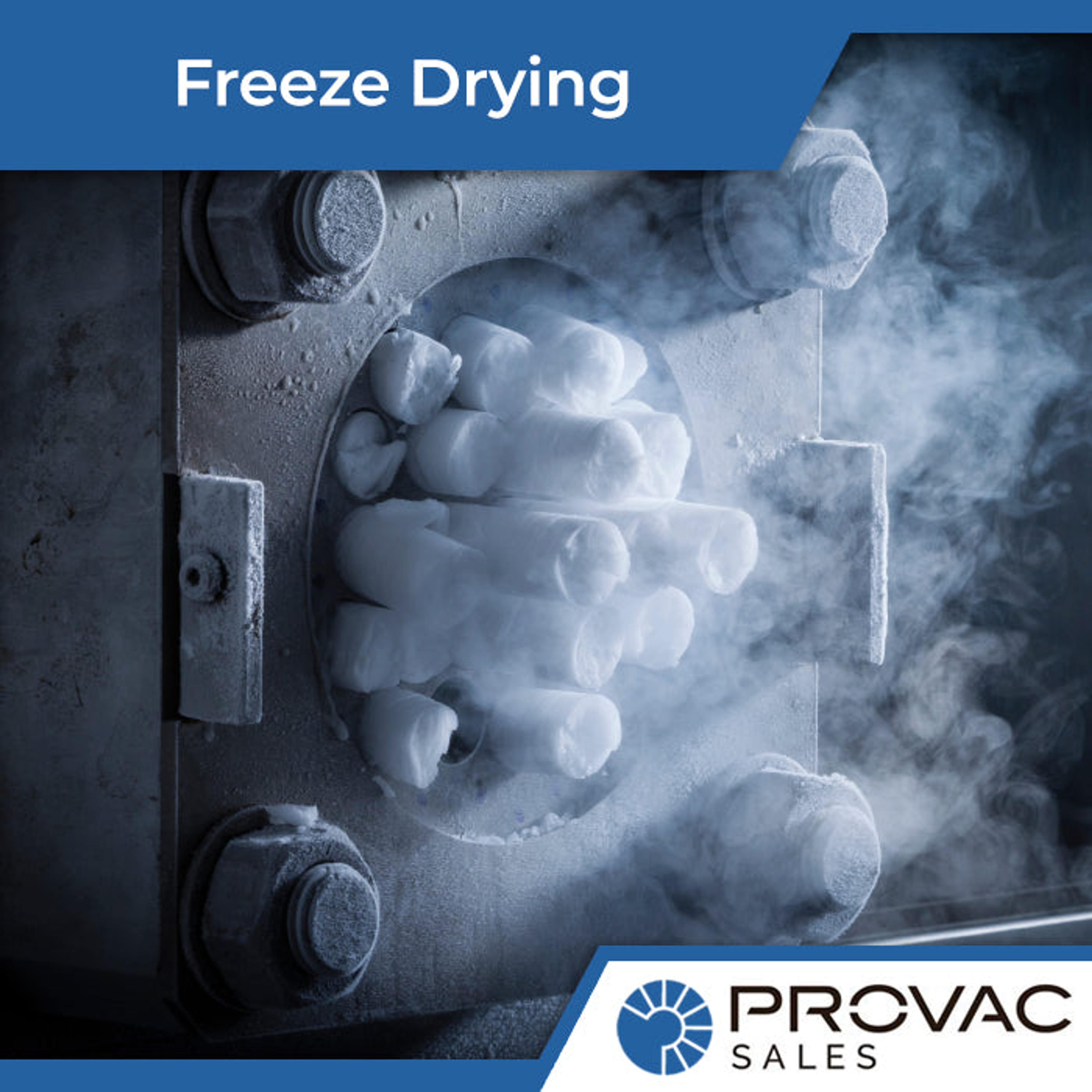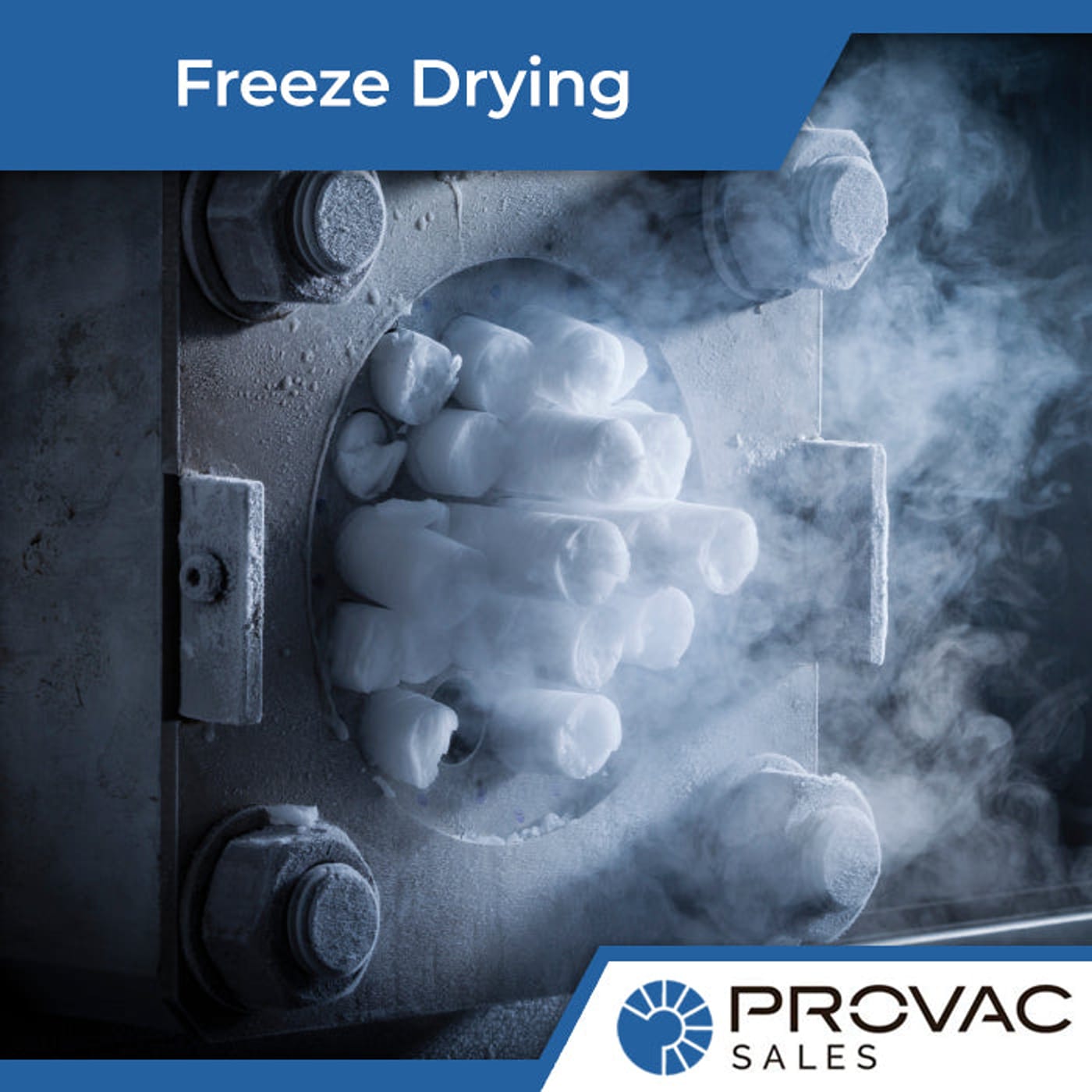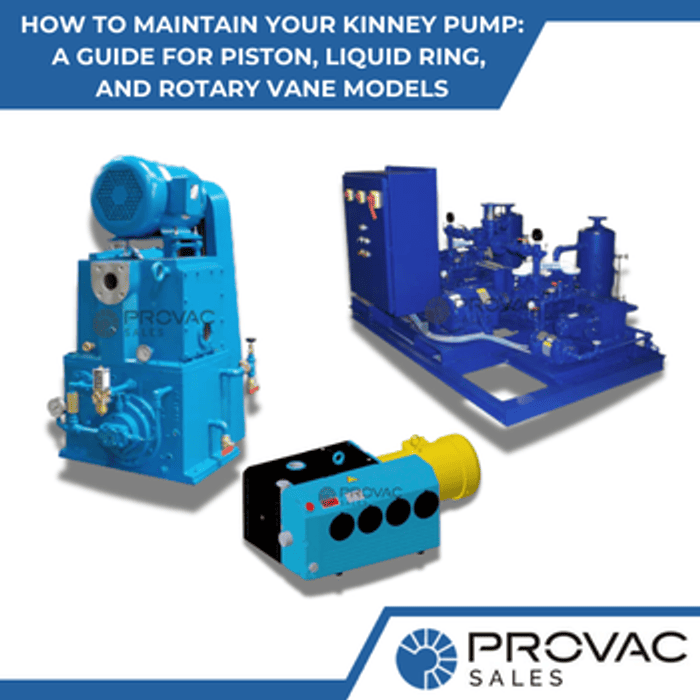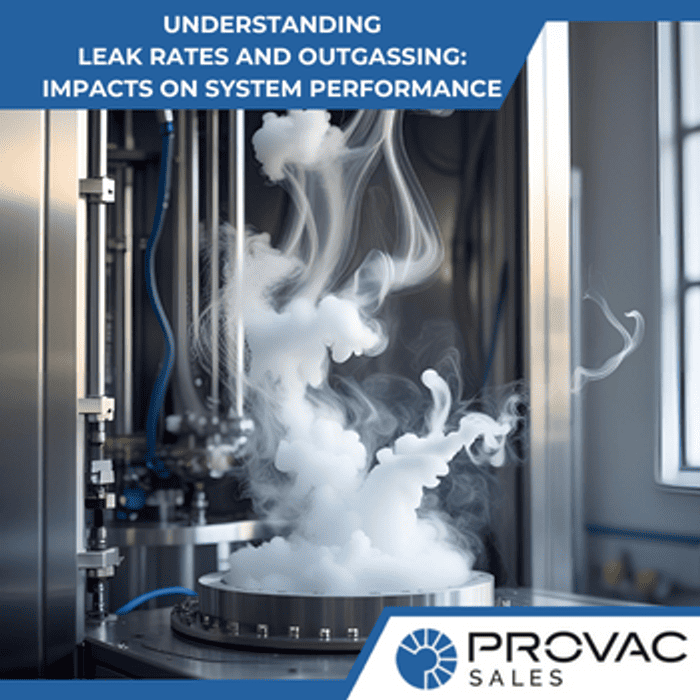What is Vacuum Freeze Drying?
Vacuum freeze drying, also known as lyophilization, is a process that removes water or other solvents from a frozen sample through sublimation.
How Does Freeze Drying Work?
The freeze drying process consists of three main stages:
- Freezing
- Primary drying (sublimation)
- Secondary drying (desorption)
During the freezing stage, the material is cooled below its triple point, ensuring that sublimation, rather than melting, will occur in the following steps. The primary drying phase involves reducing the pressure and adding heat to promote sublimation. Finally, secondary drying removes unfrozen water molecules by desorption.
The Freeze Dry Process in Detail
1. Freezing
The first step in the freeze drying process is to freeze the material. This is typically done by placing the product in a freeze dryer where the temperature is lowered to between -50°C and -80°C. The freezing rate can significantly affect the final product quality, with faster freezing generally producing smaller ice crystals and better preservation of the material's structure.
2. Primary Drying (Sublimation)
Once the material is frozen, the freeze dryer creates a vacuum in the chamber. A vacuum pump for freeze drying is essential for this stage, as it reduces the pressure to allow sublimation to occur. As the chamber pressure decreases, heat is carefully applied to the material, causing the frozen water to sublimate directly into vapor without passing through the liquid phase.
3. Secondary Drying (Desorption)
After the ice has sublimated, some bound water molecules may still remain in the material. The secondary drying phase removes these remaining water molecules through desorption. This stage typically involves raising the temperature higher than in the primary drying phase while maintaining the low pressure.
Components of a Freeze Drying System
A typical freeze drying system consists of several key components:
- Freeze drying chamber
- Condenser
- Vacuum pump
- Refrigeration system
- Control system
The freeze drying chamber houses the material being dried. The condenser traps the water vapor sublimated from the product. The vacuum pump creates and maintains the low pressure necessary for sublimation. The refrigeration system controls the temperature throughout the process, and the control system manages and monitors all aspects of the freeze drying cycle.
How to Operate a Freeze Dryer
Operating a freeze dryer requires careful attention to detail and adherence to proper procedures. Here's a general guide on how to operate a freeze dryer:
- Prepare the material for freeze drying
- Load the material into the freeze dryer
- Close the chamber and start the freezing cycle
- Once frozen, start the vacuum pump to begin primary drying
- Monitor the process and adjust parameters as needed
- Begin secondary drying when sublimation is complete
- Once the desired moisture content is reached, end the cycle and remove the dried product
For specific instructions, always refer to your freeze dryer's manual, as different models may have varying operational procedures.
Freeze Drying Under Vacuum
Freeze drying under a vacuum is a process where water is removed from a product by freezing it and then subliming the ice under a vacuum. This process can be used to preserve various products, including food, pharmaceuticals, and biological samples.
Freeze drying under a vacuum is often used to preserve delicate or heat-sensitive materials that other drying methods would damage.
Freeze drying under vacuum begins by freezing the product. This can be done by placing the product in a freeze-dryer, or by using liquid nitrogen
Once the product is frozen, the vacuum is turned on, and the ice is sublimated. Sublimation is when a substance transitions from a solid to a gas without first passing through the liquid phase. This process can take several hours or days, depending on the size and composition of the product.
Once the freeze-drying process is complete, the product is typically packaged in an airtight container to prevent the reabsorption of moisture from the atmosphere.
Food Industry
Freeze drying is extensively used in food preservation. It's particularly useful for:
- Fruits and vegetables
- Meats and seafood
- Coffee and tea
- Herbs and spices
- Pet food
Freeze-dried foods retain their original flavor, color, and nutritional value while being lightweight and having a long shelf life.
Pharmaceutical Industry
In pharmaceuticals, freeze drying is crucial for:
- Preserving vaccines and biologics
- Manufacturing certain drugs and antibiotics
- Creating easily dissolvable drug formulations
The pharmaceutical industry often uses specialized dry pumps in its freeze-drying systems to maintain the highest purity levels.
Biotechnology
Freeze drying is used in biotechnology for:
- Preserving cell lines and microorganisms
- Stabilizing enzymes and proteins
- Preparing samples for electron microscopy
Other Applications
Freeze drying also finds use in:
- Preserving historical artifacts and documents
- Taxidermy
- Aerospace technology
- Creating advanced materials
Advantages and Challenges of Freeze Drying
Advantages
- Preserves the original structure and properties of the material
- Results in a product with very low moisture content
- Allows for long-term storage at room temperature
- Produces lightweight products ideal for transportation
Challenges
- High energy consumption
- Relatively long processing times
- Initial equipment costs can be high
- Requires careful control of process parameters
Conclusion
Vacuum freeze drying is a sophisticated preservation technique with applications from food and pharmaceuticals to biotechnology. By understanding the freeze-drying process and its components, operators can harness this technology to create high-quality, shelf-stable products. Whether using a small laboratory freeze dryer or an extensive industrial system, the principles remain the same – carefully controlling temperature, pressure, and time to sublimate water and preserve the material's essential characteristics.
As technology advances, we can expect further improvements in freeze-drying efficiency and applications. From more energy-efficient scroll pumps to advanced control systems, the future of freeze-drying looks promising. Whether you're a food manufacturer looking to create lightweight, nutritious meals or a pharmaceutical company developing the next generation of vaccines, vacuum freeze-drying offers a powerful tool for preservation and innovation.





